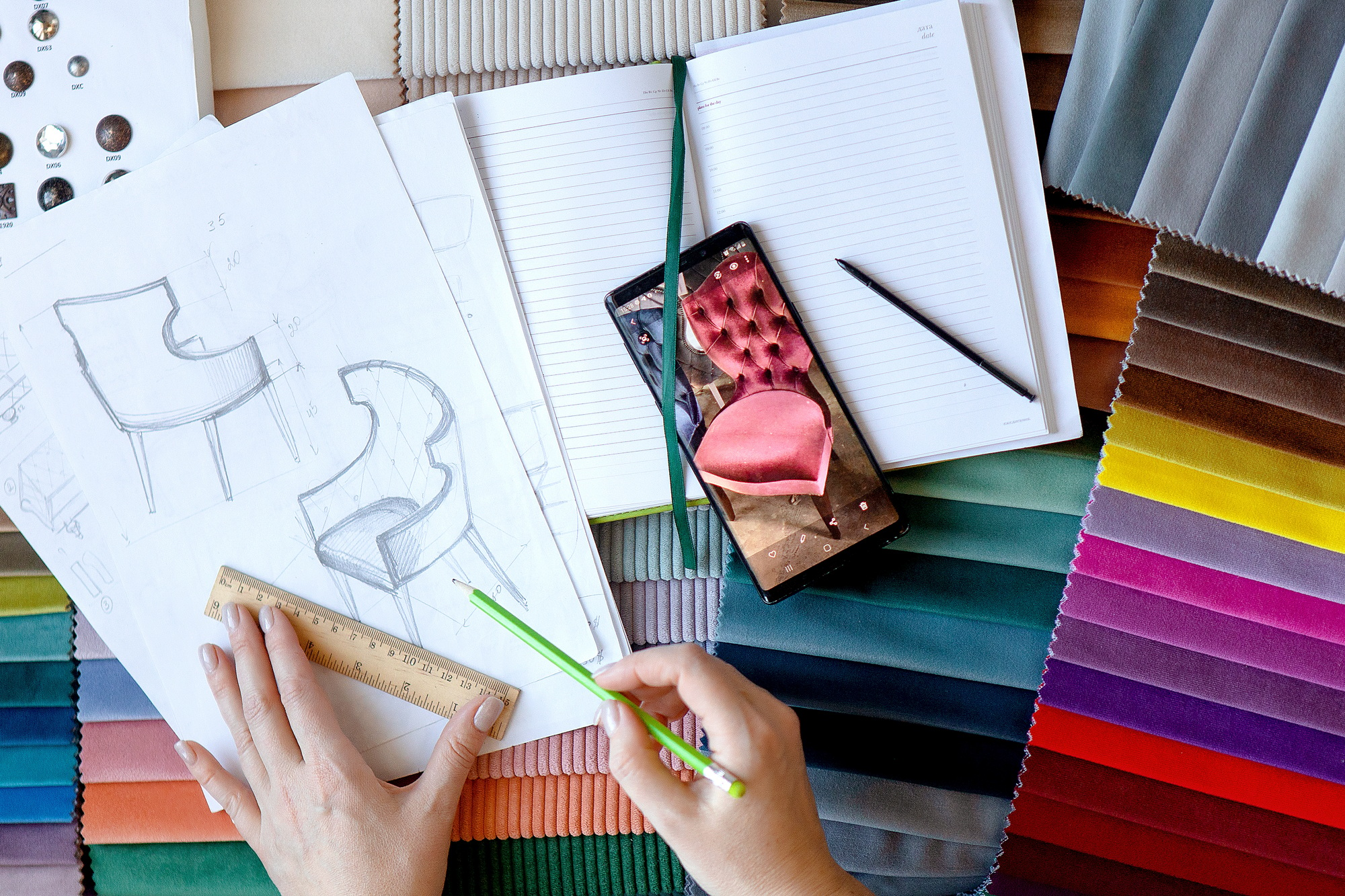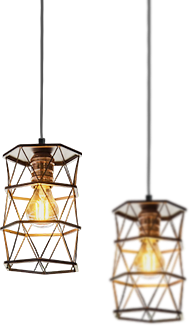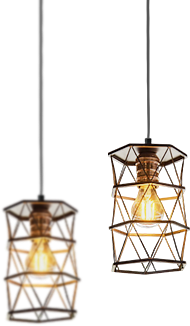- 214-945-0142
- Hello@InteriorDesignersList.com
- Nominate a Designer
- Log In
Review frequently asked questions and answers about the Interior Designers List. Discover solutions or contact us to ask further questions.



The Interior Designers List is a new way of finding the perfect interior designer for your home design project, aka residential interior design, or your office or commercial interior design project.
Interior designers work by combining creativity, functionality, and technical knowledge to create aesthetically pleasing and practical indoor spaces. Their process generally follows these steps:
Meet with clients to discuss their vision, budget, and requirements.
Assess the space, its purpose, and any limitations.
Gather inspiration from the client’s preferences, lifestyle, or brand identity (for commercial spaces).
Develop a mood board or concept ideas with color schemes, textures, and styles.
Create initial sketches or digital renderings.
Research materials, furniture, lighting, and other design elements.
Create detailed floor plans and 3D visualizations.
Determine furniture layouts and space optimization.
Consider lighting, acoustics, and ergonomic factors.
Select materials, finishes, and furnishings.
Estimate costs for materials, labor, and furnishings.
Source furniture, decor, and materials from vendors.
Work within budget constraints to achieve the desired look.
Collaborate with architects, contractors, and suppliers.
Oversee construction, installation, and interior decoration.
Ensure the project stays on schedule and within budget.
Add finishing touches such as decor, artwork, and accessories.
Conduct a final walkthrough with the client.
Make any necessary adjustments before project completion.
Interior designers work in various settings, from residential homes to commercial spaces like offices, restaurants, and hotels. They also stay updated on trends, sustainability, and building regulations to create functional and stylish spaces.
Are you interested in interior design for a personal project or as a career?
Interior designers typically offer both online (virtual) and in-person design services, depending on their business model and client needs. Here’s how each works:
Done remotely via video calls, emails, and digital mood boards.
Clients provide photos, measurements, and preferences.
Designers create layouts, color schemes, and furniture recommendations.
Some offer 3D renderings and shopping lists for DIY execution.
Ideal for budget-conscious clients or those outside the designer’s location.
Includes on-site visits, consultations, and hands-on project management.
Designers handle everything from concept to final styling.
Often involves custom furniture, contractor coordination, and sourcing materials.
Best for large-scale renovations or luxury design projects.
Some designers offer hybrid services—starting with virtual consultations and then transitioning to in-person work for key aspects of the project.
Are you looking for design services for your own space?
.
Yes, interior designers often specialize in specific areas based on their expertise, interests, and client needs. Some common specializations include:
Residential Interior Design – Focuses on designing private homes, apartments, and condos, tailoring spaces to a client’s lifestyle.
Commercial Interior Design – Involves designing offices, retail stores, hotels, restaurants, and other business spaces with a focus on functionality and brand identity.
Hospitality Design – Specializes in hotels, resorts, and entertainment venues to create inviting and luxurious experiences.
Healthcare Design – Focuses on hospitals, clinics, and senior living facilities with an emphasis on comfort, accessibility, and safety.
Sustainable Design – Incorporates eco-friendly materials and energy-efficient solutions to create sustainable and green interiors.
Kitchen and Bath Design – Specializes in designing functional and stylish kitchens and bathrooms, often working closely with contractors and architects.
Set Design – Involves creating interior spaces for movies, TV shows, and theater productions.
Retail Design – Focuses on creating appealing and functional layouts for stores to enhance customer experience and maximize sales.
Corporate Office Design – Aims to create productive and comfortable workspaces that reflect a company’s culture and needs.
Universal Design – Specializes in designing spaces that are accessible to all individuals, including those with disabilities or mobility issues.
Would you like insights into a specific specialization?
.
Read specific frequently asked questions about working with an interior designer on a residential home interiors project or a commercial office interior design project.
Designers typically follow a structured process when working on projects, though the exact approach may vary depending on the industry (e.g., graphic design, UX/UI, fashion, architecture, etc.). However, most design workflows include these key stages:
Understand the client’s needs, goals, and target audience.
Conduct competitor analysis and market research.
Gather inspiration and references.
Brainstorm ideas and sketch rough concepts.
Develop mood boards, wireframes, or storyboards.
Create multiple design concepts for review.
Use design software (e.g., Adobe Creative Suite, Figma, AutoCAD) to create high-fidelity visuals.
Develop prototypes or mockups for user testing or client feedback.
Iterate on the designs based on feedback.
Present design drafts to stakeholders or clients.
Gather and incorporate feedback.
Revise and refine the design based on input.
Finalize all assets, ensuring they meet technical specifications.
Prepare files for print, web, or production.
Deliver the project in the required formats.
Oversee production or development to ensure the design is executed correctly.
Conduct usability tests if applicable (e.g., for UX/UI design).
Make final tweaks before launch.
Monitor performance (e.g., user engagement, sales impact).
Gather feedback for future improvements.
Document learnings for future projects.
Would you like insights on a specific type of design project?
It depends on the scope of the project and the client’s needs. Some interior designers work on entire homes or commercial spaces as a cohesive project, ensuring consistency in style, materials, and functionality. Others may focus on one room at a time, especially if the client is remodeling gradually or has a specific priority area.
Larger firms or high-end designers often prefer working on full projects for a unified design vision. However, some designers—especially those working with budget-conscious clients—may take on one room at a time, allowing flexibility in phases.
Are you planning a design project?
It depends on the designer and the project. Designers can do either or both:
Custom Furniture Design – Some interior designers and furniture designers create custom pieces tailored to a client’s specific needs, style, and space. They may work with artisans, carpenters, or manufacturers to produce one-of-a-kind furniture.
Buying from Manufacturers – Many designers also source furniture from established brands, manufacturers, or wholesalers. This can be more cost-effective and efficient, especially when working within a tight budget or timeline.
Mixing Both – A lot of designers combine both approaches. They might purchase ready-made furniture for most of a space and then design a few custom pieces to add unique elements or fit particular dimensions.
Are you considering hiring a designer or designing something yourself?
Yes, interior designers may offer warranties, but the specifics depend on the designer and the type of service or product involved. Here’s how warranties typically apply in interior design:
Designer’s Service Warranty – Some designers may offer a limited warranty on their design work, ensuring that their plans, recommendations, or project management meet agreed-upon standards. However, this is less common and usually covered in their contract under liability clauses.
Product Warranties – Any furniture, fixtures, or materials purchased through the designer typically come with manufacturer warranties. Designers usually pass these warranties to the client and may assist in claims if issues arise.
Workmanship Warranty – If the designer manages contractors (e.g., painters, carpenters), the warranty for workmanship often comes from the contractors rather than the designer. However, some designers might offer a quality guarantee on the installation or construction work they oversee.
To ensure clarity, always review the contract and ask your designer about warranties on both their services and the products they source.





©2025 The Official Interior Designers List, All Rights Reserved.